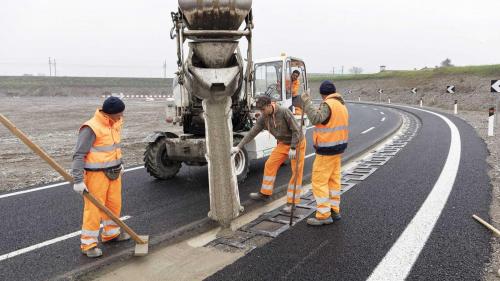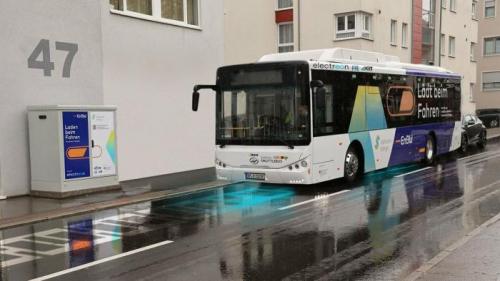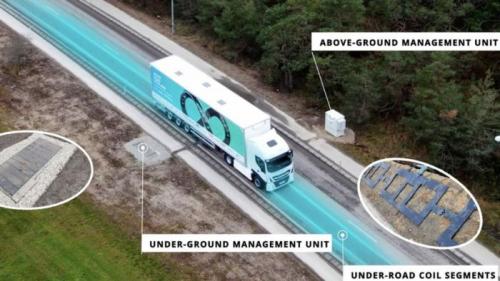The world of four wheels is changing and with it infrastructure, with new technologies evolving to provide definitive solutions to perpetual problems.
Although we still have a long way to go, the final chapter in the history of the heat engine has already begun to be written for the automotive world as the electric motor becomes its successor towards a sustainable future.
Electric vehicle sales have been growing rapidly in the past couple of years, a welcome development that brings with it significant and significant challenges for the auto industry.

Growth in electric vehicle sales has been rapid in the past two years, and it is estimated that there are already around 16 million electric models on the road around the world.
For the total global fleet of 1.474 billion cars, electrification represents a percentage of barely more than 1%. However, this electricity, which requires about 30 terawatt hours of electricity per year (about what a country like Ireland consumes)The challenges that need to be resolved are already emerging and are related to charging their batteries and their autonomy.
A solution that is now being seriously considered in many parts of the world is inductive charging of cars while they are moving on the road. Technology known to us from smartphones such as wireless charging seems to be able to offer the ultimate solution to the four wheels in terms of its battery size and autonomy.

Sweden and Italy are already testing wireless charging in practice with trials currently in beta, and Scandinavian countries are looking to be the first in the world to create a road that offers wireless charging on the go.
In addition to placing the system under the road surface, on road infrastructure (mainly on highways where there is space) Photovoltaic systems that will charge the battery arrays will also be includedWhich in turn will supply electricity to the inductive charging system.
Regarding the system that the electric cars will carry that will “communicate” with the road, analysts reported that its cost is relatively low, While the same applies to its installation in existing electric cars.

At the same time, an electric car that can be charged on the go wirelessly eliminates all three major disadvantages compared to conventional models: it does not need to stop to charge its battery, it does not need any time to fill the “tank”, while it does not need to stop to charge its battery , and you don’t need any time to fill the “tank”, the stress of the autonomy it provides and the need to find a charging station during the trip is a thing of the past.
Another advantage that can arise for electricians from inductive charging methods is reducing the size of the battery they require. This could significantly reduce their production costs and thus their final price, as well as the environmental impact of extracting the rare earths and lithium needed to build them.





More Stories
“Recycling – Changing the water heater”: the possibility of paying the financing to the institution once or partially
Libya: US General Meets Haftar Amid Tensions Between Governments
New tax exemption package and incentives for business and corporate mergers..